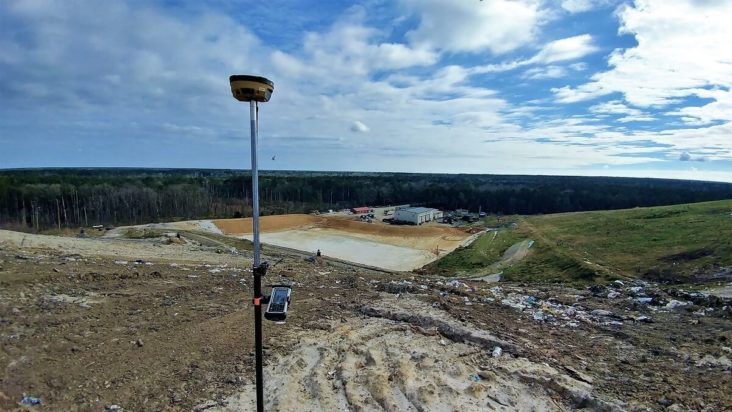Editor’s Pick of the Week NGOs Use Geo-Imaging to Aid in Humanitarian Efforts NGOs Reach Out to Refugee Camps
Natural disasters and political unrest have forced millions of people around the world out of their homes. The United Nations (UN) estimated that nearly 64 million people had to flee to safety in 2015 and 68 million in 2016. These unfortunate souls find shelter, food, medical assistance, etc. in refugee camps — the largest of which can only hold more than two hundred thousand people.
Non-governmental organizations (NGOs) support refugee camps through allocations. However, in order to optimize the use of their resources, they need accurate information on the camp’s population. This data is very difficult to collect.
Médecins Sans Frontières (MSF – also known as Doctors Without Borders), has sought the help of University of Salzburg’s Department of Geoinformatics (Z_GIS) to extract population information from satellite images.
Learn more about geo-imaging and how this can help your organization.
Speak to a Professional Surveyor from Surveying Consultants at 843-815-3304!
How Geo-Imaging Works
Refugee camps change so fast that population monitoring relies on rapid acquisition and processing of satellite data.
Below is a breakdown of how it works:
- Z_GIS works with commercial suppliers such as Digital Globe and Airbus to get VHR imagery (less than 1 meter per pixel).
- The images are processed using Trimble eCognition software called Object-Based Image Analysis (OBIA) to identify and classify individual features in an image. This produces estimates on the number of dwelling units in a camp.
- The results are displayed graphically using visualization and GIS tools like ArcGIS or Google Earth to provide geographic context.
- Teams add ground data on the average number of residents per dwelling. This helps them estimate the size and distribution of the population.
Dr. Dirk Tiede at Z_GIS and his colleagues have developed master rule sets that allow them to use the same process in different camps or at different times in the same camp when the environment has changed.
It aims to differentiate the dwelling units in the camp from other structures like medical facilities and food stations. It can distinguish light and dark-colored buildings as well as vegetation indices.
In complex situations, when camps show a very diverse set of structures or several developmental phases, the automated object detection is combined with manual image interpretation. This hybrid enables eCognition users to conduct automated and manual analyses and quality checking.
Other Uses for Geo-Imaging
- Population estimates are just one of the many things that satellite imagery can provide data on. NGOs have found other uses for it as well.
- Z_GIS used images to develop an overview map to help them locate water sources that are close to the camp so that organizations do not need to deliver water by trucks anymore. This helps reduce the cost and avoids risk.
- Another benefit from satellite imagery is providing rapid information for natural disaster recovery operations. This is very helpful for emergency situations as well as long-term recovery.
- Geo-imaging is a very useful tool and it can be applied in various industries. Find out how your organization can benefit from it by contacting our experts.

